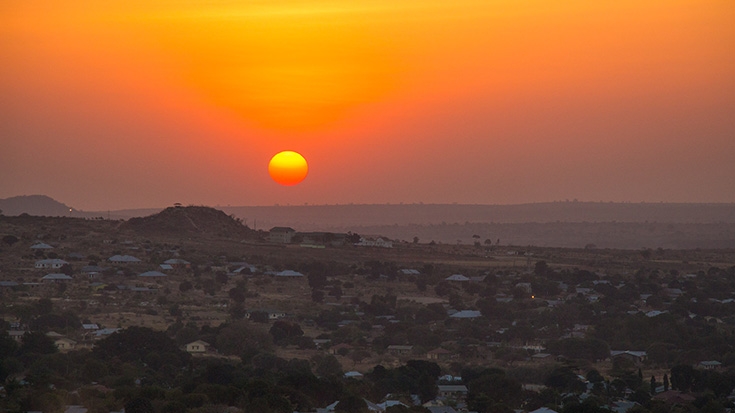DAR ES SALAAM, May 7, 2015 – In Mainland Tanzania, poverty has declined by approximately one percentage point each year between 2007 and 2012, according to a new World Bank report released today.
Based on the 2012 Household Budget Survey, the Tanzania Mainland Poverty Assessment highlights the country’s first significant decline in poverty in 20 years. Basic needs poverty, which refers to the minimum resources needed for physical wellbeing, declined from 34.4% in 2006, to 28.2% by 2012. During the same time period, extreme poverty also decreased from 11.7% to 9.7%.
“There are emerging signs of increased participation of the poor in the growth process during the last five years,” said Nadia Belhaj Hassine Belghith, World Bank senior economist and lead author of the report. “The government will be able use this information to examine how this happened as they continue to devise policies to further accelerate extreme poverty eradication and promote growth, because in reality around 12 million Tanzanian people still live in poverty, and more than four million citizens continue to be in extreme poverty.”
Although there has been recent growth that has helped Tanzania’s poorest, the report emphasizes that approximately 70% of Tanzanians continue to live with less than $2 per day. To build on this growth and reach more people, the assessment recommends promoting faster economic growth in labor intensive sectors, including agriculture where three-quarters of Tanzanians continue to be employed. Reducing population growth and the country’s high fertility rate – on average, five children per woman – by empowering them through education and employment support and with family planning services can stimulate per capita economic growth further, according to the report.
The assessment also underscores the need for specific measures to develop the rural economy and agriculture, and to diversify livelihoods to include nonfarm businesses, which can be more helpful than agricultural activities to help households reduce poverty. Additional report findings include:
- In addition to the decline in the share of the population living in poverty, Tanzania is also witnessing a reduction in the level of deprivation among those still living in poverty
- All households saw large improvements in their housing conditions and modern amenities such as television sets and mobile phones
- While ownership of agricultural land improved, possession of productive assets such as mechanized equipment and big livestock remains limited
- Human development outcomes have improved with the increase of primary education enrollment and the decline of infant mortality and children less than five years old. Unfortunately, improvements in maternal mortality have not been as significant
- According to the Gini coefficient of real per capita consumption, the level of inequality for Tanzania declined from 39 to 36 during the last decade, and is now comparing favorably with Sub-Saharan Africa. This change seems to be driven mainly by an increase of the consumption share for the 20% poorest segment of the population.
- The number of poor, particularly in rural areas, is still high; about 12 million people, among them 10 million in the rural sector, continue to live in poverty
- Heads of households with less education and a large number of children and who are engaged in subsistence agriculture and living in communities lacking infrastructure are likely to be the most poor and many of them will pass on their poverty to their offspring
- The nature and composition of economic growth induced an uneven increase of welfare at the regional level. Household consumption and poverty improved faster in Dar es Salaam and inequality between the geographic regions is widening.
- While there are emerging signs of increased participation of the poor in economic growth, outside of Dar es Salaam an important proportion of the population remains unable to fully benefit from the economic prosperity of the country and are vulnerable to poverty
